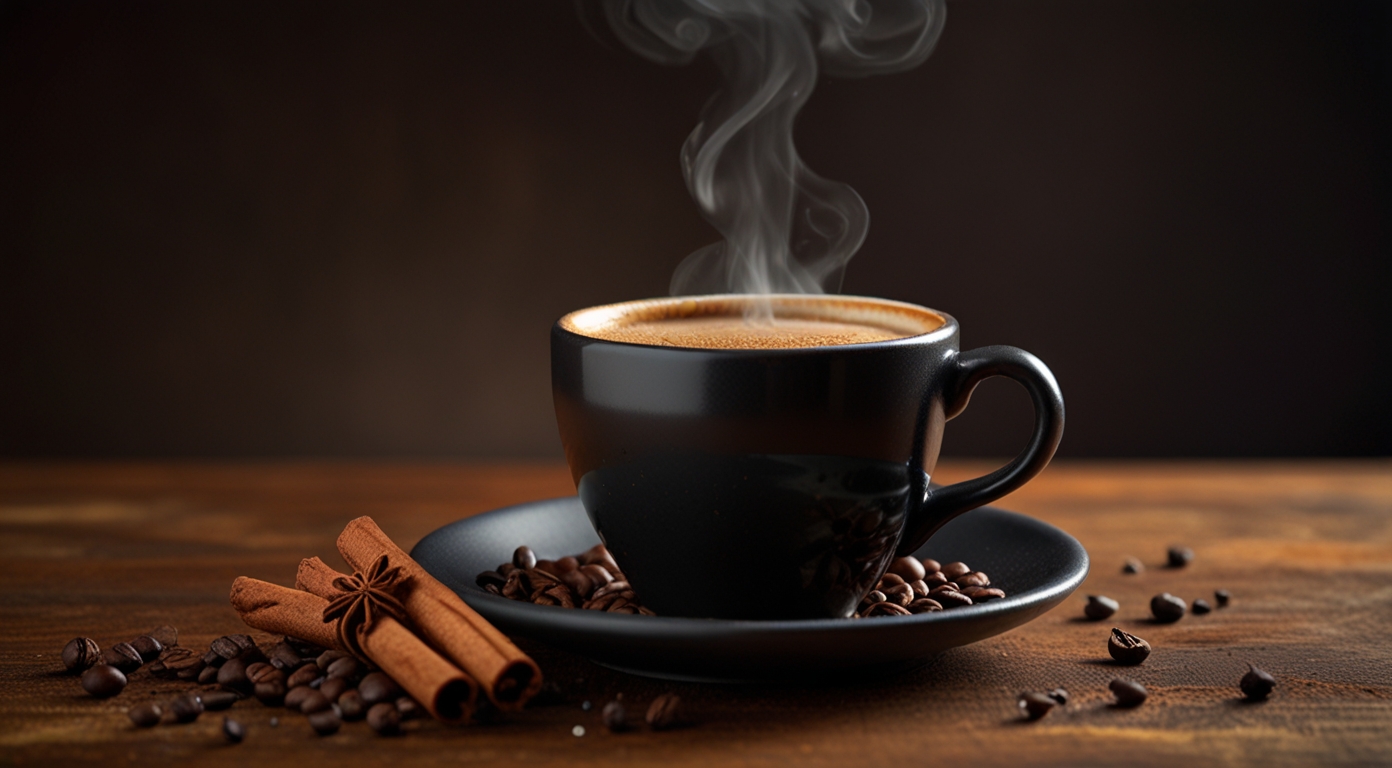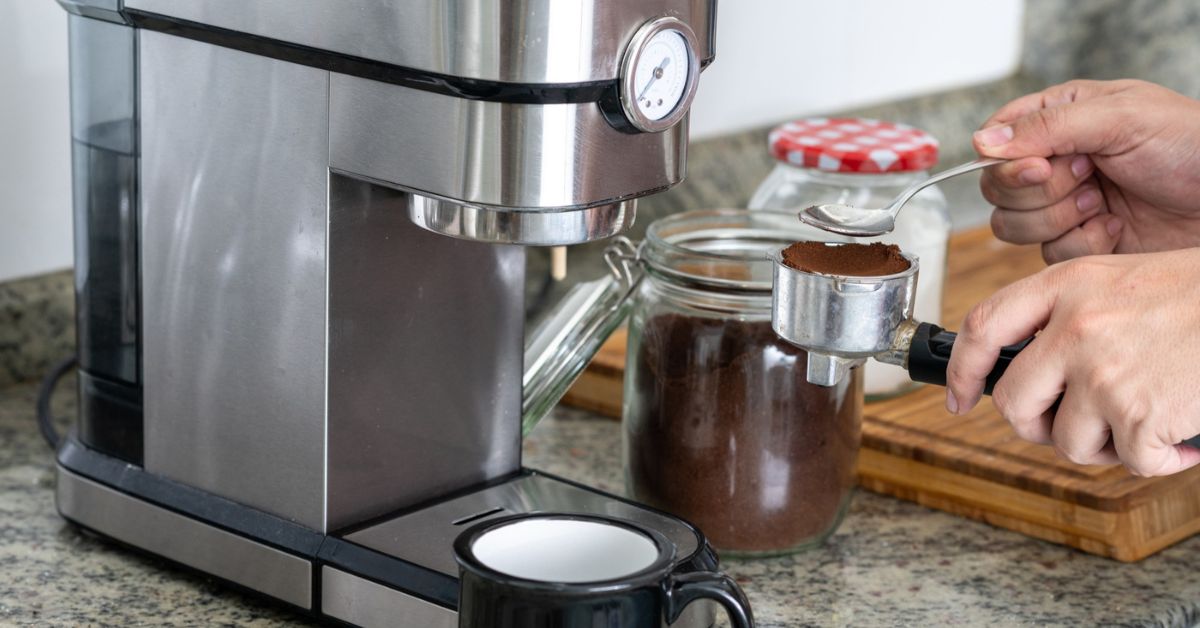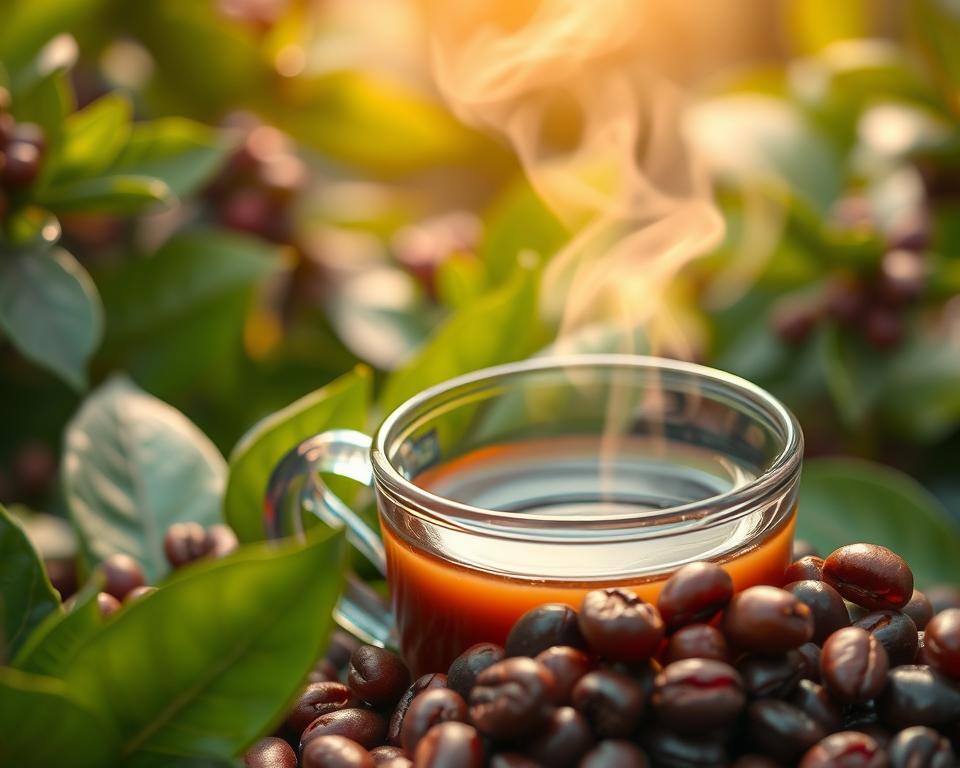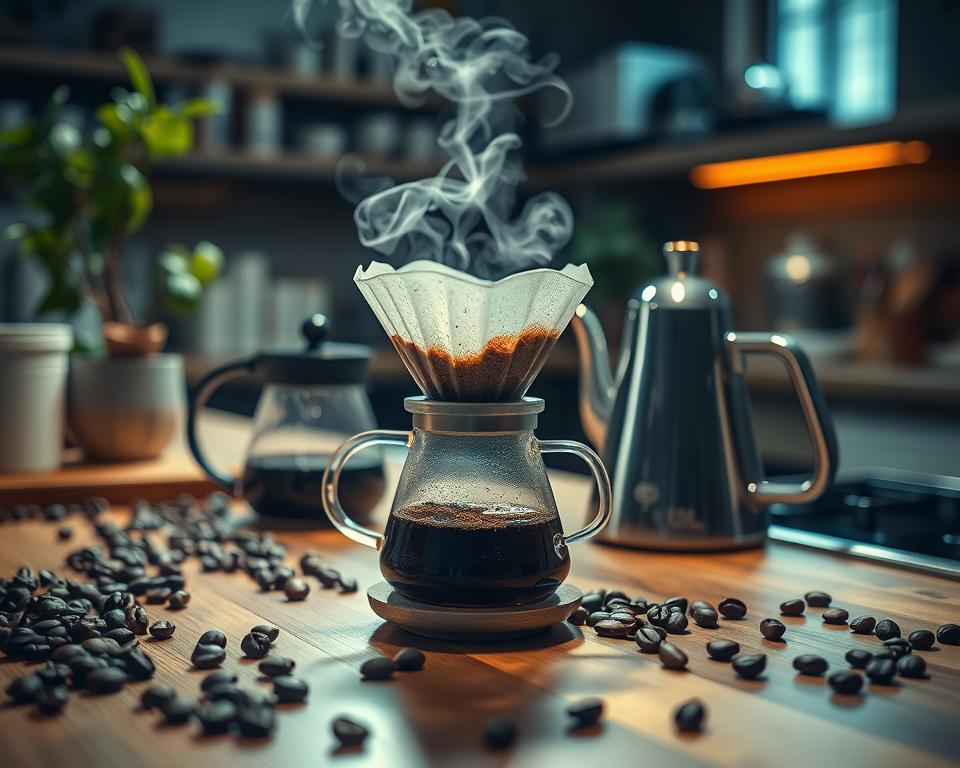You’re not the only one who loves coffee but has trouble with how acidic it is. A lot of people feel bad after drinking coffee, especially those who are sensitive to its acidity level.
If you do this, you might get acid reflux, stomach pain, or just a bad taste that you don’t like. The good news is that you can make your coffee less acidic without losing any of its flavour. This piece will talk about some tips and tricks that will help you make your coffee smoother and less acidic.
Understand how to make coffee less acidic
Before you can lower acidity, you must understand its causes. The naturally occurring acids in coffee leaves, like chlorogenic acid, are often linked to acidity level of the coffee.
Some coffee beans have bright and sour tastes that come from these acids. But for some people, this acidity can be painful, especially if they have acid reflux or a stomach that is sensitive.
The acidity of coffee can vary depending on the type of coffee beans, roasting process, and brewing method. Hot coffee can sometimes taste sharp or sour after preparation due to its acid content.
The good news is that there are a few ways to make your coffee less acidic, which will make it easier on your stomach and taste buds.
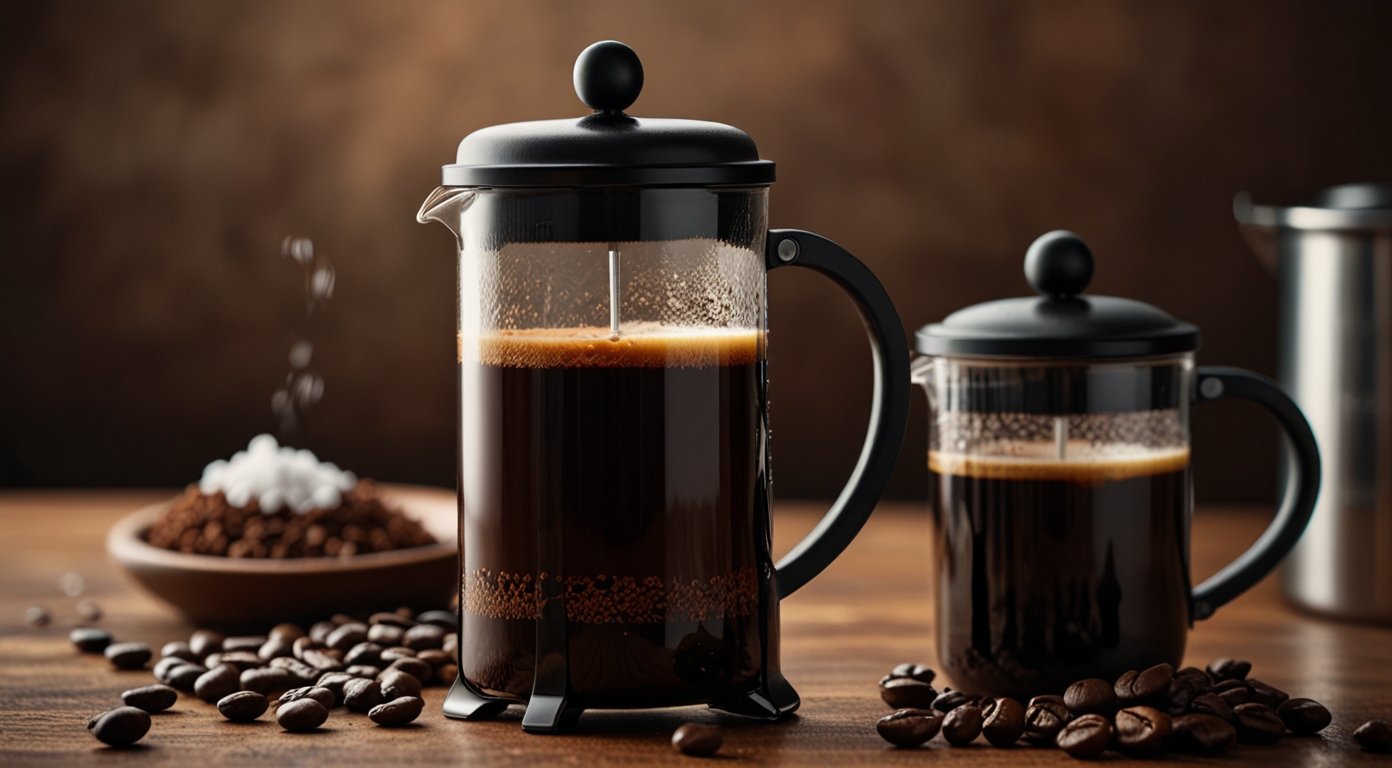
1. Pick coffee beans that are low in acidity.
One of the best ways to lower the acidity is to use coffee beans that naturally have less acid in them. When compared to beans from East Africa or Latin America, beans from Sumatra, Brazil, and Colombia are known to have less acidity.
- Sumatra: Sumatra beans have low acidity and a smooth, earthy taste.
- Brazil: Coffee beans from Brazil tend to be mild and less acidic.
- Colombian: Beans are great if you want a taste that is well-balanced and not too acidic.
When you go shopping for coffee, you can also look for beans that say “low-acid” on the package. These beans are usually grown at lower elevations and are processed in a certain way that lowers the acidity.
2. Go for roasts that are darker.
The amount of roasting can also have a big effect on how acidic your coffee is. Most of the time, darker roasts have less acid than lighter roasts. When coffee is roasted, the acids break down more quickly the longer it is cooked. Because of this, dark roasts like French roast or espresso tend to taste smoother and have less acidity.
If you can’t stand acidity, you might want to switch to dark roasts for your daily coffee. You’ll enjoy coffee that is less acidic and has the full, bold tastes that come with darker roasts.
3. Change the way you’re brewing
The way you use to make coffee can have a big effect on the acidity level. Some ways get more acidic chemicals out of the coffee grounds than others, but all of them make the coffee taste smoother and less acidic.
Coffee that is cold
One of the best ways to lower acidity is to use cold-brew coffee. The process takes longer (12–24 hours) because cold water is used to pull out the tastes of the coffee.
The end result is a much smoother, less acidic cup. With its rich, smooth taste, cold-brew coffee is a choice among people who have acid reflux or a sensitive stomach.
The French Press
Another great way to lower acidity is to use a French press. For the French press method, coffee grounds are soaked in hot water for a long time.
There is no paper filter to soak up the tastes and oils, so the cup has more body and less acidity. Using a metal filter instead of a paper filter helps keep more of the oils in the coffee, which can help balance out the acidity.
Do not use high temperatures for hot brewing.
If you use too much water when brewing with hot water, more acidic chemicals from the coffee grounds will be extracted. To keep this from happening, make sure the water temperature is between 195°F and 205°F (90°C and 96°C).
If you brew your coffee at high temperatures, it may taste stronger and more acidic. Lowering the temperature will help make your coffee smoother.
Metal Filters vs. Paper Filters
Some of the oils in coffee can get caught in paper filters, which might help make some boiling methods less acidic. They do, however, tend to soak up some of the flavours, which makes the taste deeper.
On the other hand, metal filters let more oils through, which makes the taste stronger but also slightly more acidic. For ways like the French press, you might want to use a metal filter to lower the acidity.
4. Drink water that has been cleaned
The water you use to make your coffee can also affect the pH of it. Minerals in tap water, especially hard water, can change the way coffee tastes and make it more acidic.
To make a cup that is smoother and less sour, use filtered water that has the right amount of minerals. This makes it less likely that the coffee will be too acidic and lets the natural tastes come through.
5. Add milk, either dairy or plant-based.
You can lessen the acidity of your coffee by adding dairy or plant-based milk. The natural buffers in milk smooth out the acidity of the coffee, making it better for your stomach and taste buds.
Consider almond milk or oat milk if you want a plant-based option that will lower the acidity and add a creamy taste.
Even though dairy milk is the clear choice, plant-based milks like oat or almond milk can be just as smooth and don’t contain dairy. Try out different kinds of milk to find the one that works best for you.
6. Try out different alkaline additives.
Some people use baking soda or other alkaline substances to make their coffee less acidic. To make your coffee less sharp, add a pinch of baking soda (about 1/8 teaspoon per cup).
This will help balance out the acid in the coffee. Even though this might not make a big difference in the taste, it can help people who are very sensitive to acid.
But be careful about how much baking soda you put in, because too much can make the food taste funny. By adding it in small amounts, you can lower the acidity without changing the taste too much.
7. Know when to drink coffee.
When you drink coffee, it can also change how acidic it makes your stomach feel. If you drink coffee before a meal, your stomach may make more acid, which can make you feel bad.
If you want to prevent this, drink your coffee after a meal. Having food in your stomach can help balance out the acidity of coffee and lower your risk of acid reflux or stomach pain.
To keep your gut from getting upset, don’t drink hot coffee first thing in the morning when you’re not hungry. You should wait until later in the day, when your stomach is more ready to handle the acid.
8. Try plain coffee.
If you want to cut down on acidity in your diet, decaf coffee is another choice. Even though decaf coffee still has some acid in it, the process of decaffeination makes it less acidic than regular coffee.
If you’re really sensitive to the acidity of coffee, moving to decaf coffee might help. You won’t have to give up the pleasure of a warm cup of coffee, though.
9. More Ways to Lower the Acidity of Coffee
Here are a few more quick ways to make coffee less acidic:
- Nitro Coffee: Nitro coffee tastes smoother and less acidic because it has nitrogen added to it. This might be a good choice if you can’t handle bitter coffee.
- Add Spices: Cinnamon, nutmeg, and cardamom are some spices that can help balance out the acidity in your coffee without adding extra sugar. They give the coffee a warm, rich taste that makes it better.
- How to store coffee beans right. How fresh something is has an impact on pH. Coffee beans that have been sitting around for a while can make your coffee taste stronger, so keep them in a container that won’t let air in.
Conclusion
Cutting down on the acidity of your coffee doesn’t mean giving up taste. You can enjoy a cup of coffee that is easier on your stomach by choosing the right coffee beans, brewing them in the right way, and making a few other easy changes. No matter if you like cold brew, a French press, or a simple dark roast, these tips will help you make the best cup of coffee every time.
Try out different approaches until you find the one that works best for you. If you make a few changes, you can make a low-acid cup of coffee that tastes great and is better for your stomach.
FAQ
1. Does cinnamon reduce acid in coffee?
Yes, cinnamon can balance out coffee’s acidity and make it feel smoother, though it doesn’t neutralize the acid directly.
2. Does cream make coffee less acidic?
Yes, cream or milk can reduce acidity by buffering the coffee’s acidic compounds, making it gentler on the stomach.
3. Is blonde coffee less acidic?
No, blonde coffee is typically more acidic due to its lighter roast. Darker roasts are less acidic.
4. Which type of coffee is less acidic?
Dark roasts, like French roast or espresso, are less acidic. Low-acid coffee beans, such as those from Sumatra or Brazil, also have lower acidity.
5. Can cold brew coffee help reduce acidity?
Yes, cold brew coffee has lower acidity due to the slow extraction process, making it a smoother option.
6. Does using a French press lower the acidity of coffee?
Yes, a French press reduces acidity by allowing coffee grounds to steep longer and retain more oils, which smooths the flavor.
7. How does water temperature affect coffee acidity?
Water that’s too hot can increase acidity. For the best flavor, brew with water between 195-205°F (90-96°C).
8. Can baking soda reduce the acidity in coffee?
Yes, adding a small amount of baking soda (about 1/8 teaspoon) can help neutralize acidity in your coffee.
9. Is decaf coffee less acidic?
Yes, decaf coffee tends to have lower acidity because the decaffeination process reduces some acidic compounds.
10. Does the type of filter used affect coffee acidity?
Yes, paper filters absorb oils that can reduce acidity, while metal filters allow more oils to pass through, which may increase acidity.

